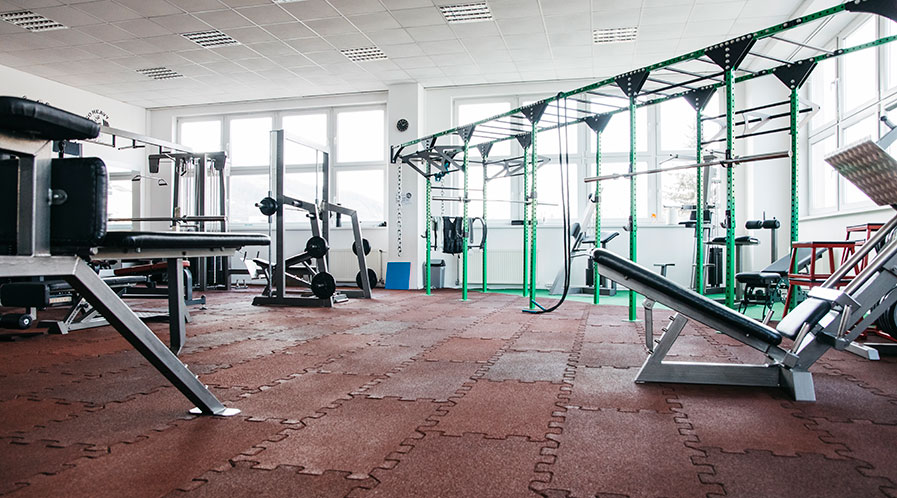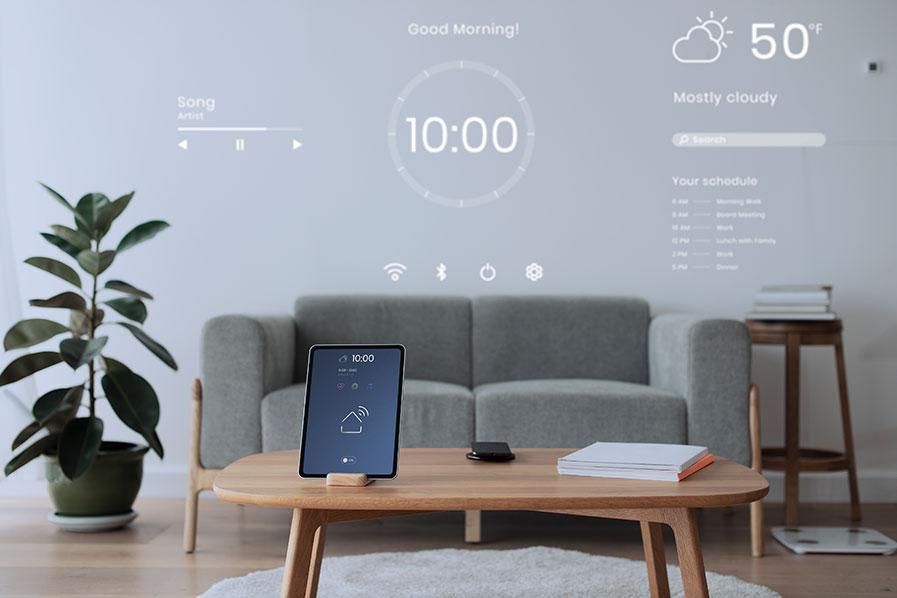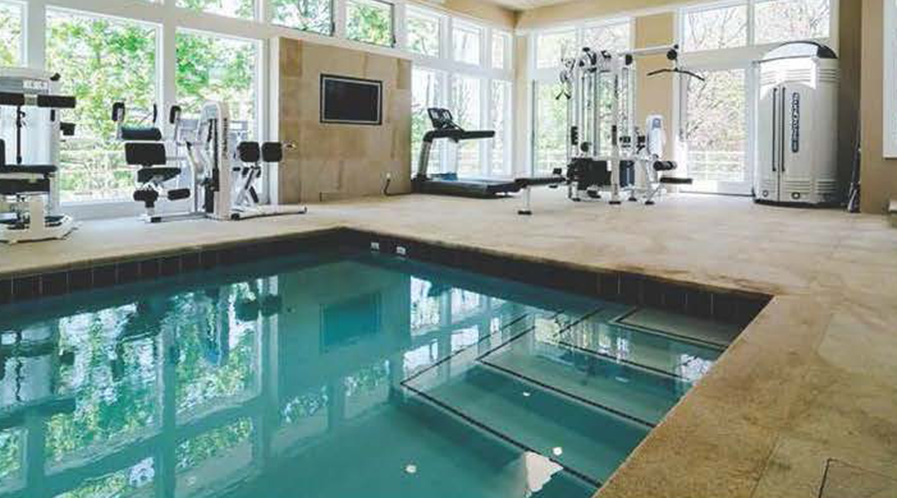The Emergence of Themed Housing
With people realising the importance of human and environmental well-being, wellness-themed and smart homes have become popular, writes Sunil Mishra, Chief Strategy Officer, Anarock Group
There is now an increased interest being observed for themed housing or ‘concept’ housing. A concept home is the one which has been developed along the lines of a specific theme, or with a specific purpose in mind. For example, child-centric housing projects are developed along the lines of children-friendliness, both in terms of safety features and amenities that children would find engaging and enriching.
A concept should not merely be a marketing gimmick but actually deliver in a convincing manner on the implied promise. Likewise, it is an irrevocable fact of life that the pricing for any kind of housing must now be aligned with the actual demand profile and market realities. Thus, the housing project must also be in a good location.
If a certain concept of a housing project meets these requirements, it can work. Also, if a particular project does have a decent saturation of the promoted child-centric features, it can act as a decisive differentiator in a market where buyers are spoiled for choice.
When it comes to themes, some work better than others. In the past, the more successful ones are based either on a specific world region’s ethos — such as the Mediterranean or Caribbean — or on sports, fitness and overall wellness themes.
In fact, today, one of the prominent concepts in themed housing to emerge from the Covid-19 pandemic is wellness. Smart home features are also becoming commonplace even in normal luxury housing, but they take on an entirely new level in luxury homes offered by big and established players.

The Wellness Theme
Wellness amenities such as yoga studios, meditation rooms, spas, gymnasiums, tennis courts, and jogging tracks have become the new rage among urban homebuyers. Such features eventually transcended luxury home projects and came to be expected in mid-range homes as well.
Wellness amenities now deliver a far more convincing ‘premium’ punch than architectural eye candy. Branded developers were quick to sense the shift and began integrating such features into their projects.
Real estate that encompasses wellness elements in a building’s design, materials and amenities is a major global trend. Wellness features in a residential (and also commercial) building enhance its desirability as it improves the overall environment and well-being. As we edge more into the luxury homes domain, buyers also seek projects with art studios, hobby rooms and Zen gardens where they can unplug and rejuvenate.
The practice of getting buildings certified for wellness is being followed by several international developers. This trend, which is being seen in residential, commercial and even avant-garde retail spaces, involves the building receiving wellness certification based on its design and operational strategies.

Sunil Mishra
Chief Strategy Officer, Anarock Group
“Real estate that encompasses wellness elements in a building’s design, materials and amenities is a major global trend. Wellness features in a residential (and also commercial) building enhance its desirability as it improves the overall environment and well-being.”
There is obviously a significant cost attached to incorporating wellness amenities into a building’s architecture, so properties in such buildings cost more than those without any wellness features. The upkeep of such features also adds to the overall maintenance expenditure of the building. However, wellness features translate into benefits such as improved employee efficiency, performance and retention in office buildings, and a higher happiness and satisfaction quotient in housing projects.
Given that wellness amenities are in increasing demand, developers now look at including such features in their buildings’ design, over and above providing innovative health-centric amenities. Buildings in India that have wellness baked into their DNA are still a relative rarity, but even a lower saturation of wellness features can be a USP.
Unfortunately, because of the high costs involved, we are unlikely to see this trend percolating down into affordable housing very soon. However, some of the latest affordable projects being developed in the less expensive peripheral areas of our major cities do have a degree of basic wellness features.
They work because many buyers are willing to compromise on the conveniences of central locations – but not on the health of their families. Homebuyers with such an orientation can look for internationally recognised wellness ratings such as the WELL Building Standard and Fitwel rating, which measure and certify wellness features positively impacting human health and wellbeing.

The Smart Home Theme
Since digital technology has become an integral part of our lives, more such amenities are being featured in a few upcoming projects. Security is a fundamental concern for many homebuyers and this is gradually getting digitised.
With growing internet dependence, we also expect the availability of high-speed internet to become commonplace along with smart home systems that control many aspects such as temperature, lighting and security via smartphones. Another trend is the digital upgrade of amenities such as hi-tech fitness centres integrated with smart devices.
Some common digital amenities found in several themed housing projects include:
• Digitally enabled security cameras, including doorbell cameras and ceiling-mounted surveillance cameras
• Secure access via keyless entry with special codes for guests
• Online rent payments and automated maintenance request system
Here again, while tech-based amenities add value to our daily lives and raise the quality of living, these come with a price and home buyers should be willing to pay a higher price and even higher maintenance charges.
Technology tends to get outdated quite soon making smart gadgets or appliances obsolete. As a home buyer or a long-term investor, it is important to ensure that these digital amenities come with an in-built capability to update their technology components.
Tags: Anarock, Smart Home, Sunil Mishra, Themed Housing, Wellness



